Answer:4,4-Dimethyl-3-ethylheptane
| Article and Schedule Quiz | Start Test! |
Answer:CH3 – CH2 – C ≡ *CH
Answer:Alkyl halides
Answer:Steam distillation
Answer:Thin layer chromatography

Answer:II > I > III
Answer:*CH3—CH2—Cl
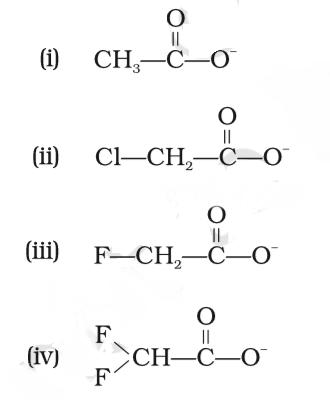
Answer:(iv)
H3C—HC = CH2 + H+ →?
Answer:2° Carbocation
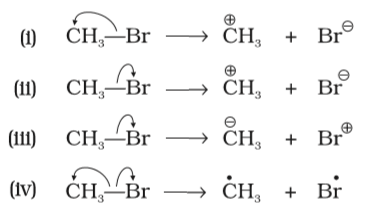
Answer:(ii)
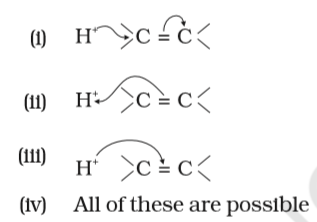
Answer:(ii)
Answer:A, D
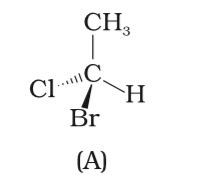
Answer:A, C, D
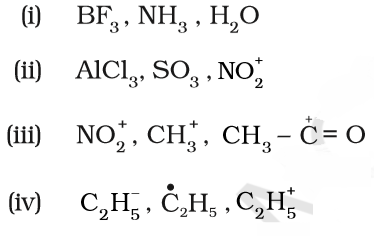
Answer: B, C
| Missiles Mock Test | Start Test! |
| SSC MTS Mock Test | Start Test |
| IBPS CLERK MOCK TEST | Start Test |
| SSC MTS 2022 JULY 26 Shift 1 (ENGLISH) | Start Test! |
| SSC GD Previous Year Paper 2021 Nov 17 Shift - I (Hindi) | Start Test! |
| SSC CGL Tier - 1 PYP 2022 April 21 Shift- 1 (ENGLISH) | Start Test! |
| MPSC PAPER I MOCK TEST 1 (ENGLISH) | Start Test! |
| IB Security Assistant Mock test 1 (english) | Start Test! |
| UP POLICE CONSTABLE MOCK TEST 1 | Start Test! |
| DELHI POLICE CONSTABLE MOCK TEST 1 (HINDI) | Start Test! |